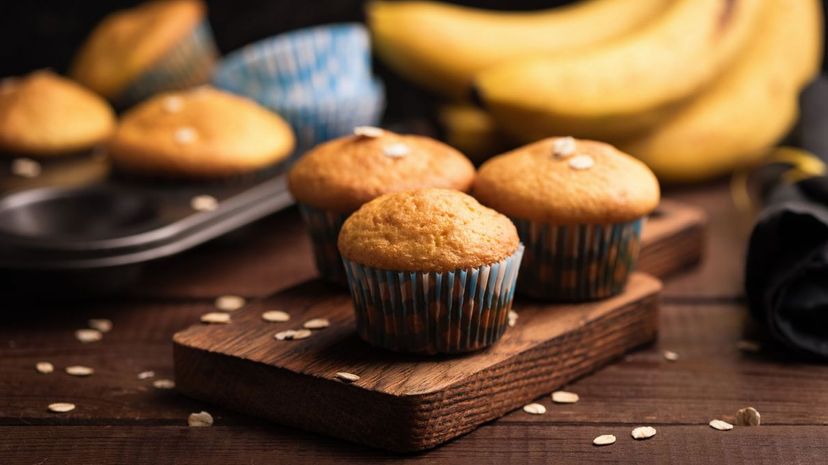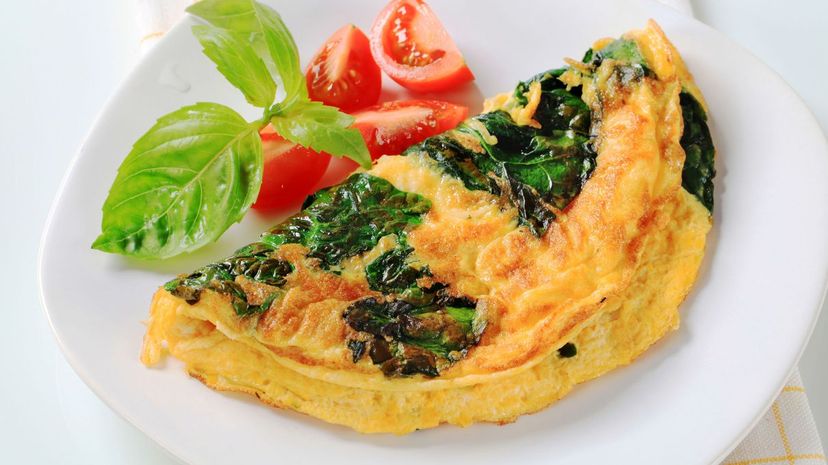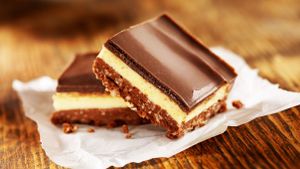
About This Quiz
A Continental breakfast is traditionally a pretty light breakfast with some limited offerings, but depending on where you're staying and how hungry you are, that breakfast can include a lot of variety. In Europe, the continent to which "Continental" refers, a Continental breakfast can be very small and very scant with just some fruit and pastry. In North America, the spread often depends on the quality of the place where you're staying. In the grimmest circumstances, you might get stale, loose cereal or withered fruit. Some places will add waffles you can top yourself and drinks. And truly fancy places will go all out with hot breakfast offerings and things like sausage, bacon and omelet bars. You never really know what you might end up getting unless you research a place ahead of time, which, if you're serious about breakfast, you really ought to do.
From the cheapest and most basic offerings to the highest quality, most savory and delicious options, there can be a lot on offer with your Continental breakfast. If you have that foodie nature, you should be able to get most of these, don't you think? There's one way to find out. Get your coffee and dig into the quiz!



Advertisement



Advertisement



Advertisement



Advertisement



Advertisement



Advertisement



Advertisement



Advertisement



Advertisement



Advertisement



Advertisement



Advertisement



Advertisement












